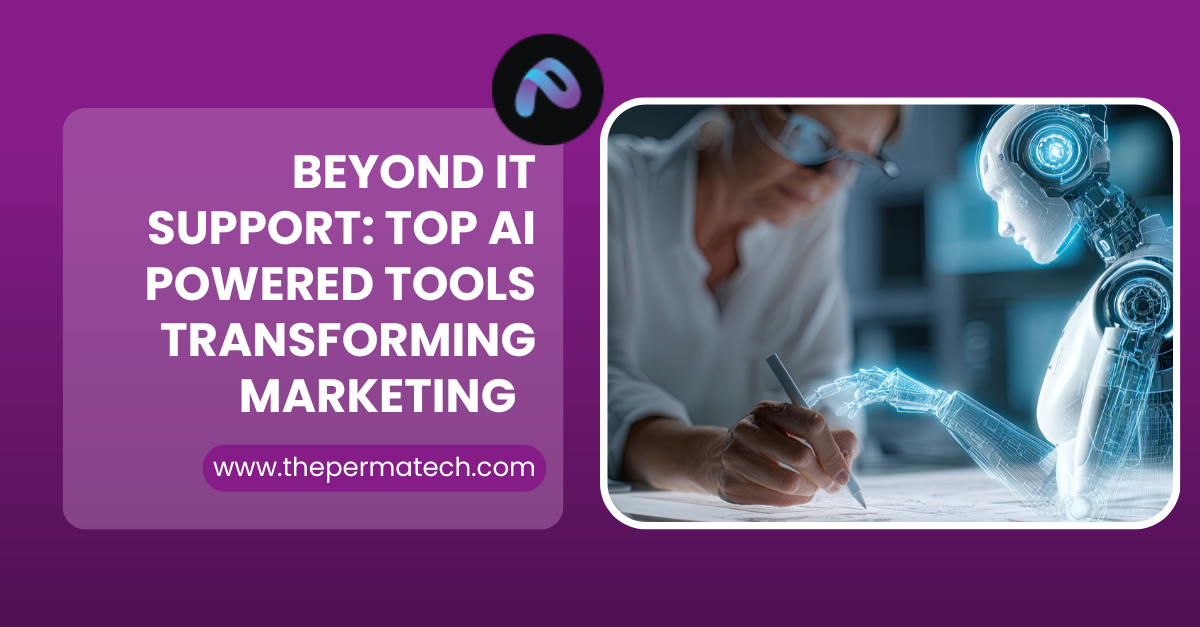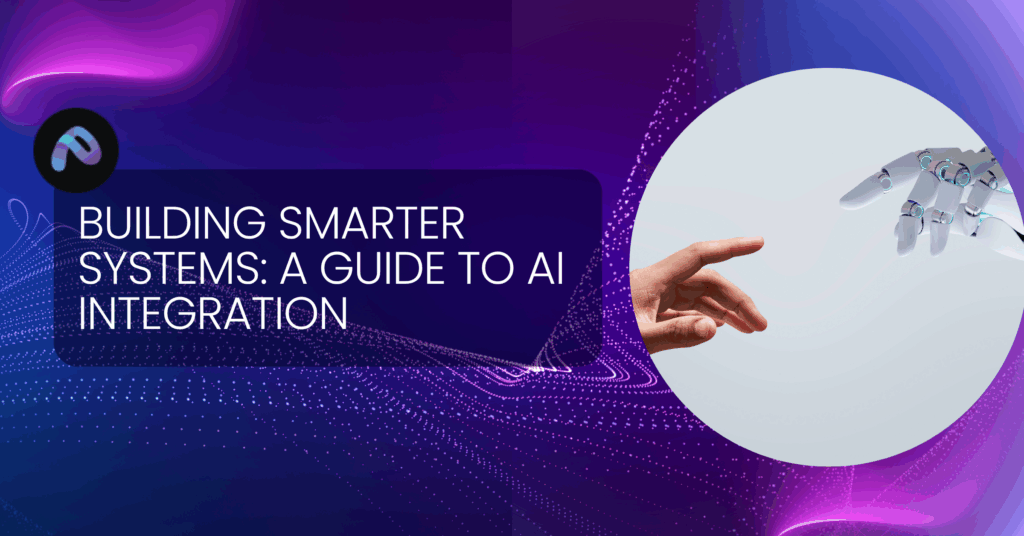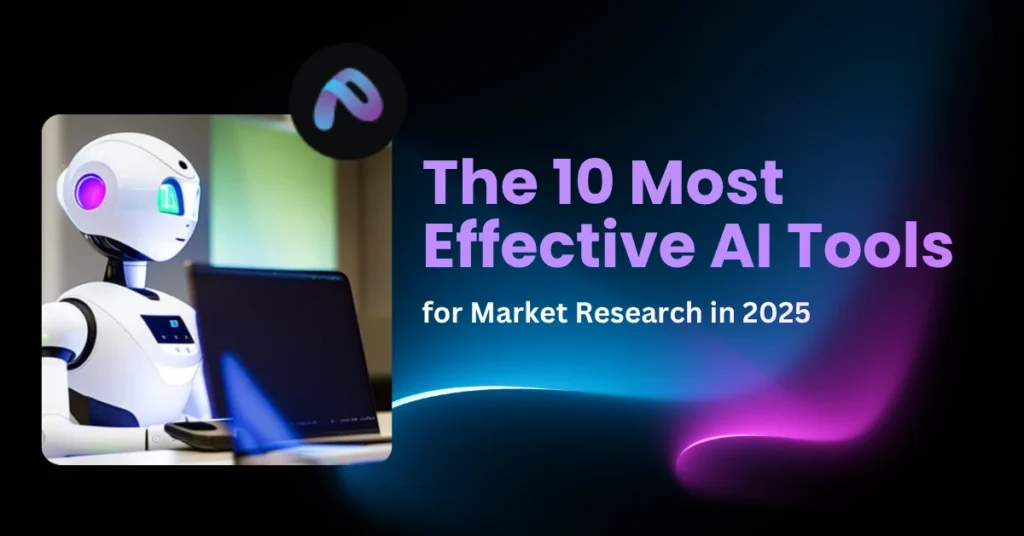Artificial intelligence (AI) has moved far beyond the realm of IT support. Today, it’s redefining marketing by blending automation, analytics, and creativity. From hyper personalized campaigns to predictive insights, AI tools are enabling marketers to make smarter, faster, and more accurate decisions.
According to a 2025 Statista report, 84% of marketing organizations worldwide now use AI in some capacity , up from 67% in 2023. Moreover, Gartner predicts that by 2026, 60% of marketing teams will use generative AI to produce at least one form of content daily.
Let’s explore how AI tools are transforming modern marketing strategies, backed by the latest data and emerging trends.
Information Box: Snapshot of AI in Marketing (2025)
| Metric | Data (2025) | Source |
| Global AI marketing market size | $176 billion | MarketsandMarkets |
| Annual growth rate (CAGR) | 26.4% (2024–2030) | Grand View Research |
| Marketing teams using AI for content generation | 63% | HubSpot State of Marketing 2025 |
| Average ROI increase after AI adoption | +32% | Salesforce “State of Marketing” Report |
| Businesses using generative AI for email or ad copy | 72% | McKinsey Global Survey 2025 |
| Reduction in manual campaign management time | 45% | Adobe Digital Trends 2025 |
1. Generative AI: Redefining Content Creation
AI-driven tools like ChatGPT-5, Jasper, Copy.ai, and Writesonic are revolutionizing how brands create and scale content.
Marketers no longer spend hours brainstorming ideas or writing copy. Instead, they can generate SEO optimized blogs, social posts or ad scripts within minutes.
- Trend: According to HubSpot (2025), companies using AI content generation tools publish 5× more content while maintaining brand tone consistency.
- Example: Coca-Cola’s “Create Real Magic” campaign used generative AI to allow consumers to design custom ads , resulting in 1.2M user-generated creatives and a 10% engagement uplift.
Top Tools:
| Tool | Primary Function | Unique Strength |
| ChatGPT-5 | Conversational AI & content ideation | Context-aware creativity |
| Jasper | Marketing copy & SEO integration | Brand voice training |
| Copy.ai | Social media & ad content | Speed + automation |
| Writesonic | Blog writing & rephrasing | Multi-tone options |
2. Predictive Analytics: From Guesswork to Precision
Predictive analytics tools use machine learning to forecast customer behavior, lead conversion probability, and churn risk. This is where marketing becomes proactive instead of reactive.
Key Insight:
According to Salesforce (2025), predictive analytics can increase lead conversion rates by 40% when integrated with CRM workflows.
Top Tools:
| Tool | Purpose | Insight Strength |
| HubSpot Predictive Lead Scoring | Lead conversion prediction | Integrates seamlessly with CRM |
| Pecan.ai | Predictive modeling for campaigns | Drag-and-drop AI forecasts |
| RapidMiner | Data mining & trend prediction | Advanced data visualization |
| Google Cloud AI | Customer lifetime value prediction | Enterprise-level accuracy |
Example Use Case:
A B2B SaaS company used predictive AI to identify dormant leads. By prioritizing the top 15% most likely to convert, they achieved 28% higher revenue in Q2 2025.
3. Personalization Engines: Every Customer, a Unique Journey
AI powered personalization ensures customers see only the most relevant products or messages , a major shift from generic marketing.
- Statistic:Dynamic Yield (2025) reports that AI personalized web experiences can boost conversion rates by 20–35%.
- Real Example: Amazon’s recommendation engine , an early AI pioneer, drives 35% of its total sales via personalization.
Top Tools:
| Tool | Function | Differentiator |
| Adobe Target | Omnichannel personalization | Deep integration with Adobe Experience Cloud |
| Dynamic Yield | Web & email personalization | Real-time behavioral data |
| Insider | Cross-channel customer journeys | Predictive segmentation |
| Algolia Recommend | E-commerce product recommendations | Lightning-fast search indexing |
4. AI Driven SEO and SEM Optimization
Search engine algorithms evolve rapidly and AI helps marketers keep up. SEO platforms like SurferSEO, Clearscope, and MarketMuse use AI to optimize content structure, keyword relevance, and intent matching.
Data Point:
By late 2025, 68% of SEO professionals use AI to optimize on page and technical SEO (Ahrefs Research 2025).
AI Tools Powering SEO:
| Tool | Use Case | Key Feature |
| SurferSEO | Content optimization | Real-time scoring & keyword clusters |
| Clearscope | Topic coverage & relevance | Semantic scoring |
| MarketMuse | Content strategy planning | AI topic modeling |
| BrightEdge | Enterprise SEO automation | Predictive keyword tracking |
Result:
Companies using AI SEO optimization report 3× faster ranking improvements and 40% higher organic CTR within six months.
5. Chatbots and Conversational Marketing
Gone are the days of slow manual customer responses. AI chatbots now manage inquiries, qualify leads and even complete transactions.
Statistical Highlight:
By 2025, chatbots handle 70% of all B2C interactions (Juniper Research). Businesses report saving up to $11 billion annually through chatbot automation.
Top Tools:
| Tool | Channel | Distinct Capability |
| Intercom Fin | Multi language support | Conversational sales AI |
| Drift | B2B lead qualification | Integration with CRM pipelines |
| Tidio | E-commerce chat support | Visual workflow builder |
| HubSpot Chatflows | Inbound marketing integration | Unified customer history |
Example:
A retail brand using Drift AI reported a 22% lift in lead conversion and 40% reduction in response time in Q3 2025.
6. Visual and Video AI Tools: Engaging at Scale
AI video creation tools like Synthesia, Pictory, and Runway Gen-2 make professional videos accessible to non designers.
Current Data (2025):
- 82% of marketers say video delivers the best ROI.
- AI video tools have reduced production time by 70% and cost by up to 80% (Wyzowl 2025).
Popular Tools:
| Tool | Use Case | Key Edge |
| Synthesia | AI avatars & voiceovers | Human-like presenters |
| Pictory | Auto video summaries from blogs | Text-to-video AI |
| Runway Gen-2 | AI visual editing | Realistic scene generation |
| Descript | Podcast & video editing | Overdub voice cloning |
7. AI in Email Marketing and Automation
AI transforms email campaigns into intelligent conversations. Instead of batch-and-blast, tools like Seventh Sense and Mailmodo AI determine optimal send times and segment behavior automatically.
Impact (2025):
- Personalized AI emails yield 4× higher open rates.
- Automated email workflows improve retention by 27%.
Tools to Watch:
| Tool | Purpose | Core Feature |
| Mailmodo AI | Behavior based campaigns | No code email automation |
| Seventh Sense | Timing optimization | Predicts engagement windows |
| ActiveCampaign | Omnichannel automation | Lead scoring + CRM sync |
| Klaviyo | E-commerce journeys | Dynamic recommendations |
8. Analytics and Attribution AI
Understanding ROI across touchpoints is critical. AI analytics tools bring multi-channel clarity using attribution modeling and deep learning.
Data Insight:
Marketers using AI based attribution models report a 25% increase in budget efficiency (Forrester 2025).
Best Platforms:
| Tool | Function | Key Advantage |
| Google Analytics 4 + AI | Predictive user metrics | Built-in ML modeling |
| Dreamdata | B2B revenue attribution | Pipeline visualization |
| Ruler Analytics | Multi-touch attribution | Real-time data sync |
| Crayon | Competitive intelligence | AI-powered insights |
9. The Road Ahead: AI’s Expanding Role
As AI models mature, marketing is evolving into a data driven creative science. The next phase will focus on:
- Ethical AI usage : ensuring transparency and fairness in algorithms.
- Human-AI collaboration : balancing automation with creativity.
- Unified customer intelligence : merging sales, marketing, and support data.
By 2030, AI marketing spend is expected to surpass $500 billion, making it one of the top three corporate investment areas after cybersecurity and cloud computing.
Conclusion
AI is no longer just an IT upgrade , it’s the beating heart of modern marketing. Whether through predictive analytics, generative content, or personalization engines, AI tools are driving measurable growth and redefining how brands connect with audiences.Marketers who embrace these technologies now will not only stay competitive but also shape the future of intelligent brand storytelling.





